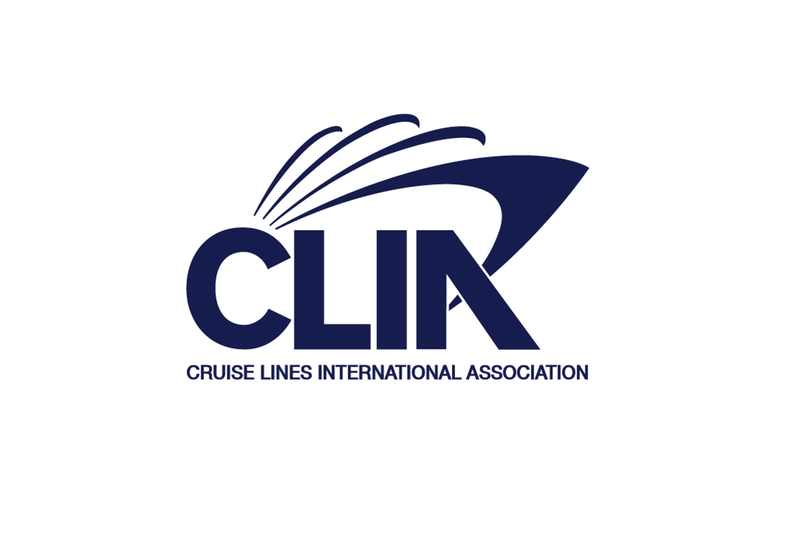The cruise industry is taking substantial steps towards sustainability.
CLIA’s latest report highlights the adoption of cutting-edge technologies and alternative fuels, setting the stage for a more environmentally-friendly future.
Advancements in Fuel Technology
The cruise industry is making significant progress with liquefied natural gas (LNG) as a cleaner alternative fuel. This commitment is evident with 25 of the 44 new ships scheduled for delivery over the next five years opting for LNG. This shift demonstrates a transformative approach towards enhancing environmental sustainability in sea travel.
Additionally, the exploration of methanol-powered vessels is gaining traction. At least seven ships will be either methanol-ready upon delivery or capable of using methanol as a fuel. This flexibility in fuel choices underscores the sector’s adaptability and commitment to future-proofing its fleet against environmental challenges.
Integration of Shoreside Electricity
A critical component of the industry’s sustainability strategy is the adoption of shoreside electricity, enabling ships to switch off their engines while docked. Currently, 120 ships in the CLIA member fleet are equipped for this technology.
By 2028, more than 210 vessels are expected to utilise shoreside power, which will account for 72% of operational ships. This transition signifies a crucial step towards reducing emissions in port areas, thus aligning with broader environmental preservation objectives.
Innovations in Propulsion and Energy Storage
The cruise lines are actively investigating various cutting-edge technologies, such as fuel cells, wind propulsion, and photovoltaic solutions. These innovations are at the forefront of efforts to reduce reliance on conventional fuels.
Battery storage is also being explored as a viable solution for energy demands. These propulsion and energy storage advancements reflect the industry’s proactive stance in addressing carbon footprint concerns.
Furthermore, the focus on wind (including solid sail) technology showcases a commitment to harnessing natural energy sources. Such efforts are part of a broader strategy to integrate energy-efficient practices across the board, ensuring long-term sustainability.
Leadership in Sustainable Practices
Kelly Craighead, CLIA’s President and CEO, underscores the industry’s leadership in adopting new technologies. Craighead highlights that cruise lines are already constructing the ships of the future, which are set to operate on sustainable engine technologies.
These developments position the cruise industry as an innovator in environmental technology. The numerous trials and pilot programmes underway serve as a testament to the sector’s dedication to sustainability.
Sustainability Appointments and Forward Planning
Earlier this year, CLIA appointed Sascha Gill as Vice-President of Sustainability. This strategic move is intended to enhance the industry’s commitment to green initiatives.
The appointment of sustainability experts like Sascha Gill is crucial for steering future environmental efforts, helping to align the industry’s actions with global sustainability goals.
Future Outlook and Challenges
The continuing evolution of sustainable practices in cruise lines sets a strong precedent for the future. However, challenges such as the availability and cost of new technologies and fuels persist.
Addressing these challenges requires a collaborative approach, bringing together cruise lines, technology developers, and regulators. Such cooperation is vital to ensuring that these goals transition from strategic plans to operational realities. This collective effort is key to achieving meaningful and lasting environmental progress.
The cruise sector is advancing sustainability with innovative technologies and strategic initiatives.
Collaboration and commitment across the industry are crucial for achieving these ambitious environmental objectives.

